The IAC “World Tour of Prizewinning Films” (1932-1934)
Programme curated by Keith M. Johnston
“The first world tour of amateur films ever attempted commenced last autumn, and when completed four British films, one Spanish, one Austrian, and one Japanese will have been seen in Yugoslavia, Austria, Hungary, South Africa, Kenya Colony, Bombay, Simla, Deccan, Madras, Burma, Penang, Philippines, Shanghai, New Zealand, U.S.A., British Guiana, Australia, Japan, and Portugal… It is estimated that on the conclusion of the world tour… 250,000 persons will have seen the prize-winning films.” (‘The Importance of Sub-standard Films for Competitive Purposes’, The IAC Bulletin October 1936, pp.24-26)
Amateur films rarely get the acclaim, attention, or archival focus of their better-known feature film cousins. While much of the first three decades of cinema could be described as “amateur” the 1920s saw a more precise demarcation emerge between the commercial mainstream industry and the non-professional hobbyist world of the amateur filmmaker. Across different national contexts individual ‘lone’ filmmakers, small family-led teams, and more organised groups of filmmakers began to produce short films across a range of different genres and approaches. Initially utilising 35mm before moving to the sub-standard formats 16mm and 9.5mm (introduced by Kodak and Pathé respectively) these amateur filmmakers and cine-clubs both mimicked the mainstream industry and departed from it in their explorations of the artistic and experimental possibilities of sub-standard short film production.
During the late 1920s and through the 1930s, while some amateur filmmakers and cine-clubs were early adopters of new technology (colour film, widescreen, synchronised sound systems) most amateur films represent an extension of the ‘silent’ film era well into the 1940s and 1950s. Their enthusiastic and varied explorations of the stylistic opportunities of silent film formats ranged across different forms and genres: animation, comedy, documentary, drama, ethnography, experimental, home movies, and travelogues.
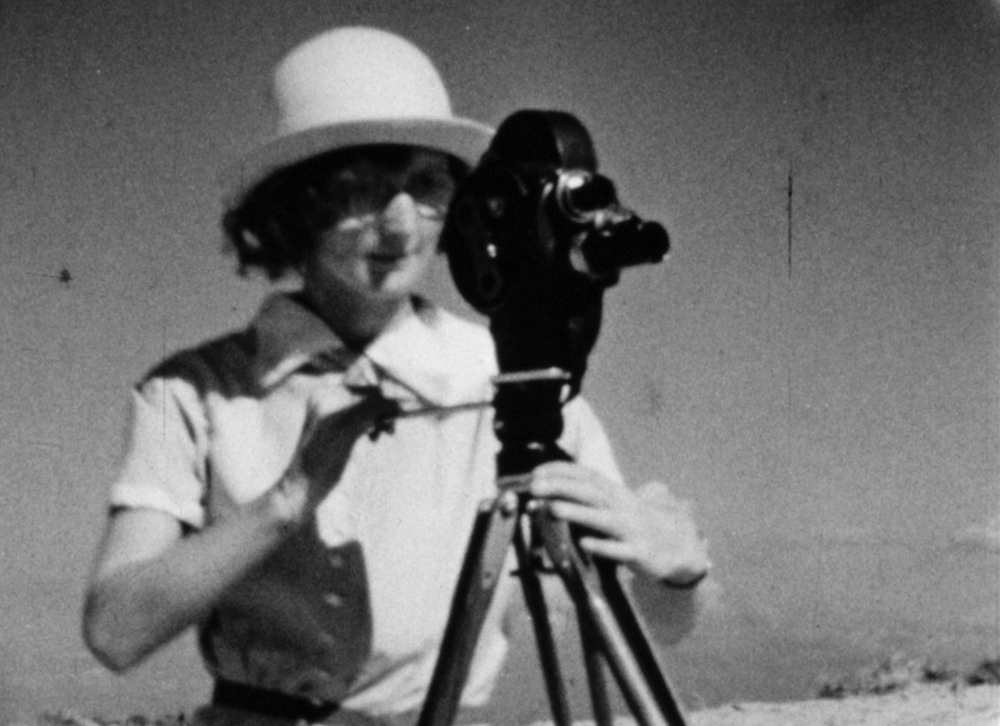
In different country and cultural contexts, new filmmaking groups sprang up with the intention of drawing together disparate approaches to national amateur films: the likes of the American Amateur Film League, the German Amateur League, Vienna’s Klub der Kino-Amateure, the National Society of Sweden’s Amateur Filmmakers, Japan’s Sakura Kogata Eigo Kyokai (Cherry Amateur Movie Society), and the film sections of the Centre Excursionista de Catalunya (Catalan Excursionist Centre) and the Zagreb Photo Club. These initiatives often took the form of international competitions, amateur journals, the sharing of films across cine-clubs, or the creation of international congresses that would ultimately inform the establishment of the Union Internationale du Cinema D’Amateur (UNICA) in the mid-1930s.
In the United Kingdom, the Institute of Amateur Cinematographers (IAC) was formed in September 1932, emerging out of earlier societies that had attempted to create a UK-wide network of film clubs. Creating a film-making competition was central to the IAC’s desire to celebrate and showcase the best amateur work, with international entries sought from the very beginning. In 1934, the IAC decided to launch a major initiative: the World Tour of Prizewinning Films. This World Tour package emerged from the IAC’s successful UK amateur film distribution network model, where film packages were sent around individual cine-clubs; with each club posting the package on to the next listed recipient.
The World Tour, initially intended to showcase the IAC’s 1934 film competition award winners, was expanded to include two prize-winners from the 1933 competition. The reasons for this currently remain lost to time, although the expanded list of seven films did allow for a broader range of nations to be represented and, perhaps incidentally rather than intentionally, included the contributions of two UK-based women filmmakers. Although the IAC competition featured the work of women filmmakers, and women were members of many cine-clubs, the UK amateur community remained patriarchal in structure; the inclusion of these two films therefore remains a notable one for the time period.
Arranged in conjunction with cine clubs across the globe, the World Tour commenced in Autumn 1935. Featuring seven IAC award-winning films it represented a snapshot of the breadth of filmmaking styles and genres open to the amateur producer. From the available evidence, these seven films spent over four years travelling across Europe, Africa, and parts of Asia, including screenings in South Africa, India, Shanghai, Japan, and New Zealand. The IAC distributed screening instructions with the World Tour films; although none of these instructions remain, it is likely they included a preferred running order as well as suggestions for recorded musical accompaniment. In December 1939 the touring copies were donated to the Australian Amateur Cine Society. As Sydney-based amateur filmmaker James A. Sherlock reported, the copies had succumbed to the tell-tail signs of repeated projection leaving them “brittle and [without] leaders and end titles in some cases.” However, Sherlock reassured the IAC that the films “will be in quite respectable condition with a little treatment.”
The 2022 recreation of the IAC World Tour presented here was originally curated to commemorate the IAC’s 90th anniversary. It arises out of research conducted for the academic-curatorial project “International Amateur Cinema between the Wars, 1919-1939”, funded by the Social Sciences and Humanities Research Council of Canada (SSHRC). Additional funding and support for the digitisation of these seven films was provided by the Institute of Amateur Cinematographers, the East Anglian Film Archive, Filmoteca de Catalunya, and the University of East Anglia. These new scans reveal how these films offer different views of the world; views that can include imperial or colonial assumptions (see notes below) but which also show the varied interest and creative possibilities explored by these 1930s amateur filmmakers. The program was first presented at the Giornate del cinema muto (Pordenone, Italy) in 2022; versions of the program have also been screened at Bo’ness (Scotland), London (England), Gorizia (Italy), Bloomington (USA), and Barcelona (Spain).
The films are:
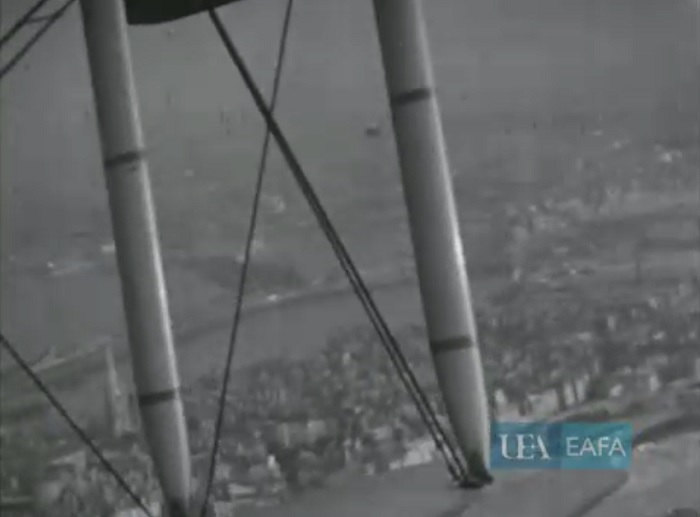
To Egypt and Back with Imperial Airways (Ruth Stuart, UK, 1931-32)
Ruth Stuart was something of a filmmaking prodigy, filming this travelogue of her trip to Egypt when she was only 16-years old. Travelling unaccompanied, with her parents allegedly unaware of the trip, this was Stuart’s second film; and one for which she asked the IAC for advice on gauging exposure. The film captures the sights and experience of 1930s air travel and the sights of Egypt, with the occasional hint of British imperial attitudes on display. The film won a gold medal at the 1933 American Cinematographer Amateur Movie Contest, the Novel prize at the 1933 Paris Concord, and the IAC award, beginning Stuart’s run of award-winning productions through the 1930s.
For more information. Watch the film.
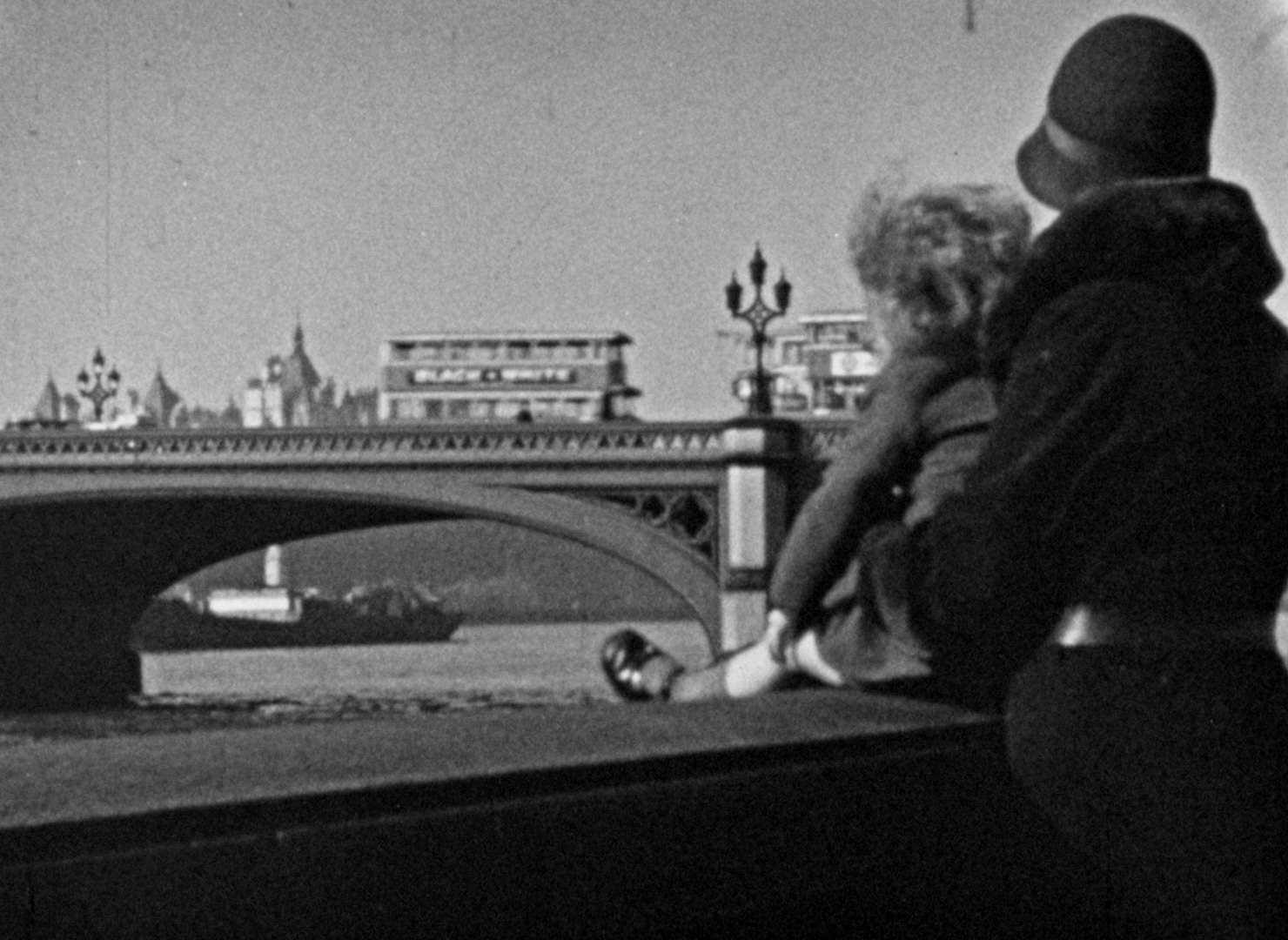
Westminster in Winter (Matthew L. Nathan, UK, 1932)
An early 1930s documentary where Nathan captures the sights of Westminster including the Houses of Parliament, Westminster Bridge, St James Park and London’s West End. Writing for the IAC Bulletin in January 1934, Nathan emphasised the need for variety in documentary production, in part so that the audience doesn’t notice ‘errors of construction and treatment.’ (pp.11-12) A London-based lawyer, Nathan was a well-known figure in UK amateur film circles with his other IAC award-winning travelogues An Austrian Village (Nathan, 1933) and Venice (Nathan, 1934).
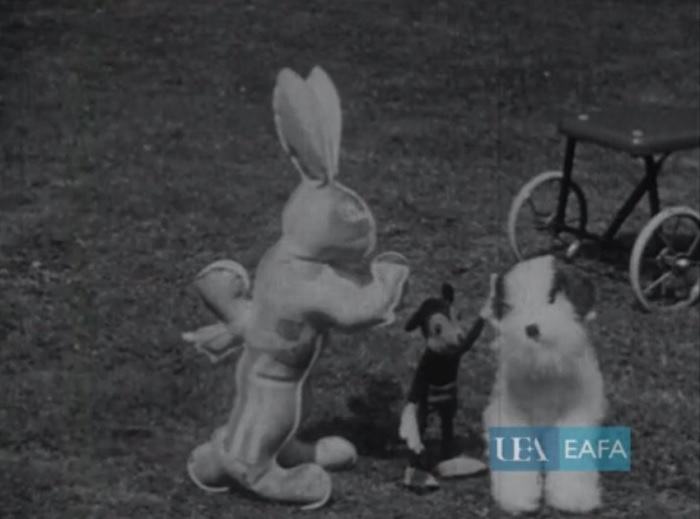
Her Second Birthday (Agnes K. and John B. Thubron, UK, 1932)
The film was originally “not intended for competition. . . and was taken as a family record,” with the Thubrons only deciding after the film was processes that “a short addition” might make it artistically interesting enough for the IAC competition. This animation sequence certainly sets the film apart from a typical snapshot home movie while sharing aesthetic qualities with that filmmaking approach.
For more information. Watch the film.
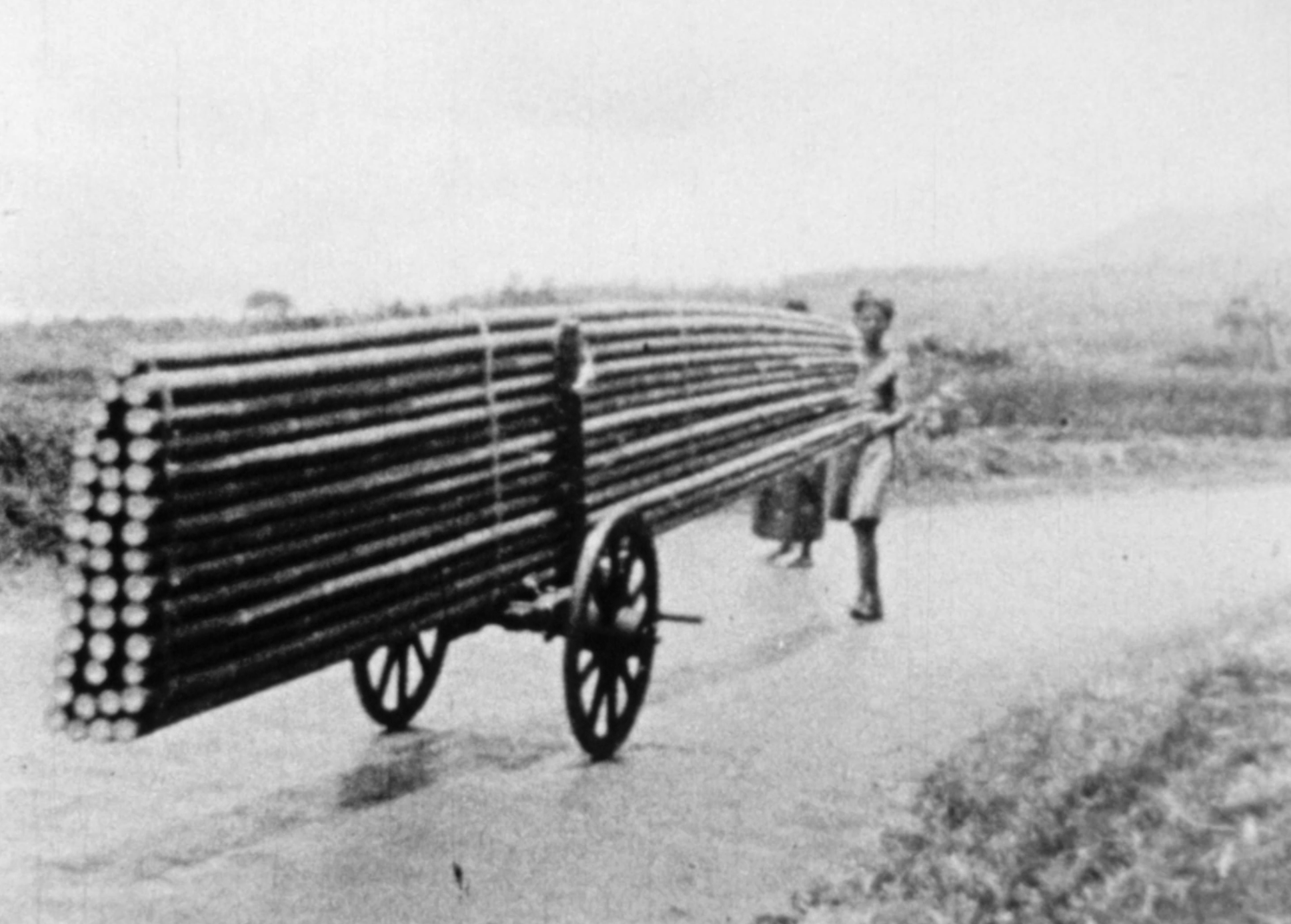
Transport (Agnes K. and John B. Thubron, UK, 1933)
This wife-and-husband production offers views of transport around the world, from South Africa to India and back to England. It offers a particular worldview of the different countries and peoples Britain had colonised but, nevertheless, manages to capture significant national differences in the availability and issues of mass and individualised transportation. This was the Thubron’s second IAC award-winning film, having previously won for Her Second Birthday (1932).
For more information. Watch the film.
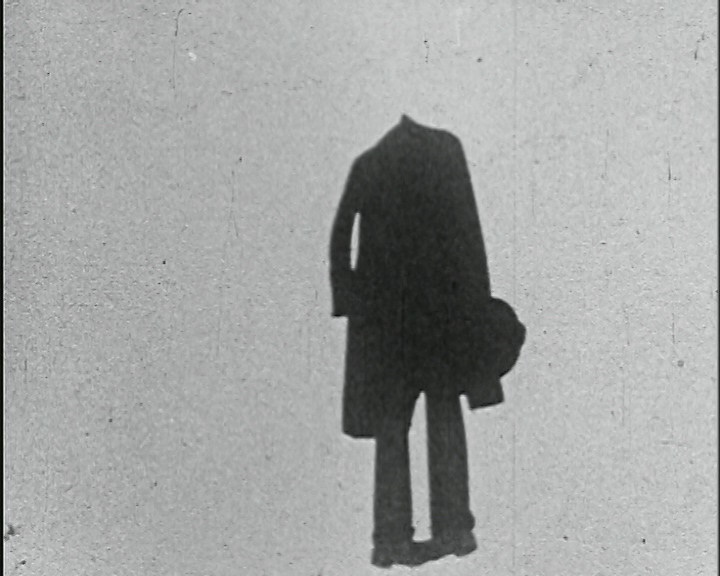
Memmortigo? (Delmir de Caralt, Spain, 1933)
This experimental film exploring pessimism and optimism was the product of Delmir De Caralt, a leading avant-garde filmmaker and thinker who introduced amateur film to Spain in the 1920s and founded the Delmir De Caralt Film Library (now part of the Filmoteca de Catalunya Cinema Library). As well as winning an IAC Award, the film also received an Honourable Mention at the 1934 American Cinematographer Amateur Movie Makers Contest.
For more information. Watch the film.
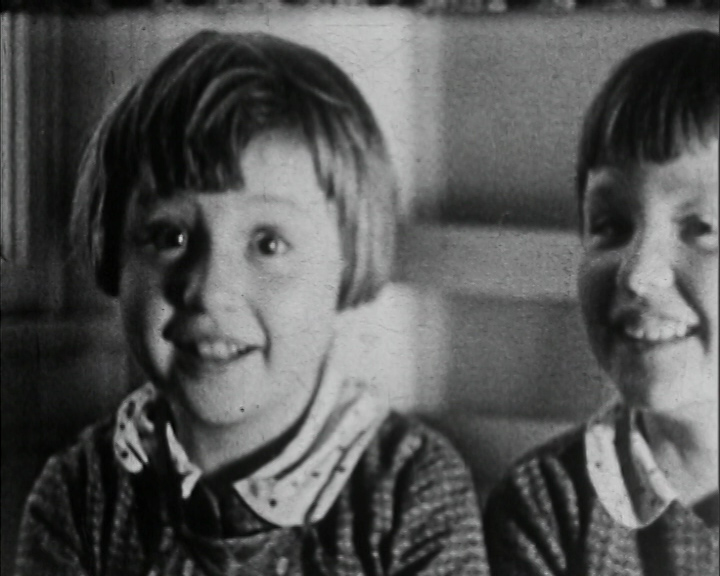
Ein Zommer Geht Zu Ende [Last Days of Summer] (Hans Figura, Austria, 1933)
Professor Hans Figura was a Vienna-based filmmaker and member of that city’s Klub der Kino-Amateure organisation. This gentle documentary follows two children as they play in and around the landscape of the Danube before, reluctantly, returning to school.
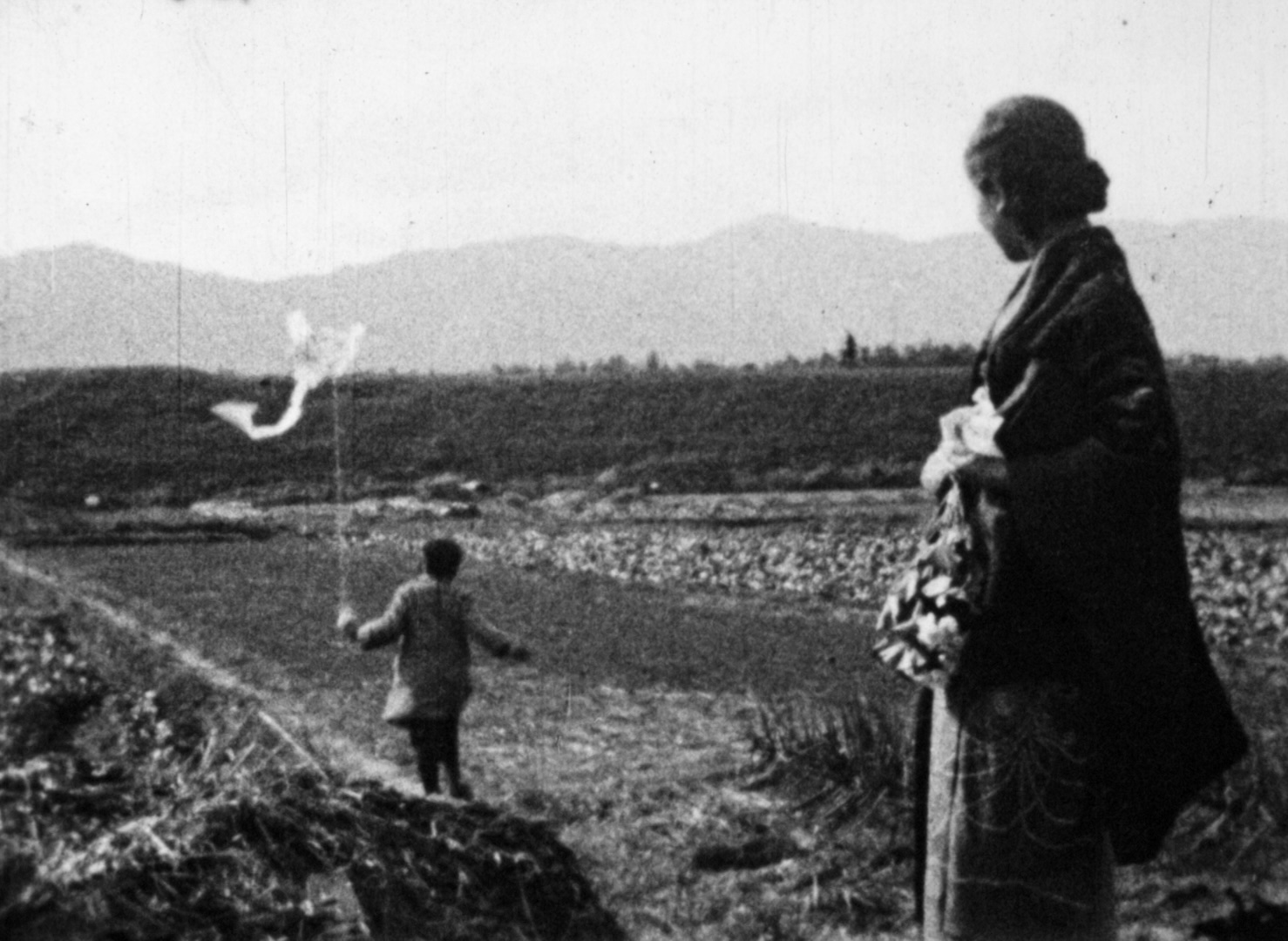
Sister (Kichinosuke Takeuchi, Japan, 1933)
Kichinosuke Takeuchi was an active amateur filmmaker in the Kansai region, contributing articles and screenplays to local amateur publications such as Bebī kinema (Baby cinema) and Patē kinema (Pathé cinema). Owner of a kimono store in Kyoto, Tackeuchi also served on the boards of Kodak Nippon 8 miri Kyōkai (Japan 8mm Film Association) and Nippon 8 miri Eiga Renmei (Japan 8mm Film League). Sister is a drama focused on a sister’s love for her brother and was submitted to the Institute of Amateur Cinematographer’s 1933 competition.
For more information. Watch the film.